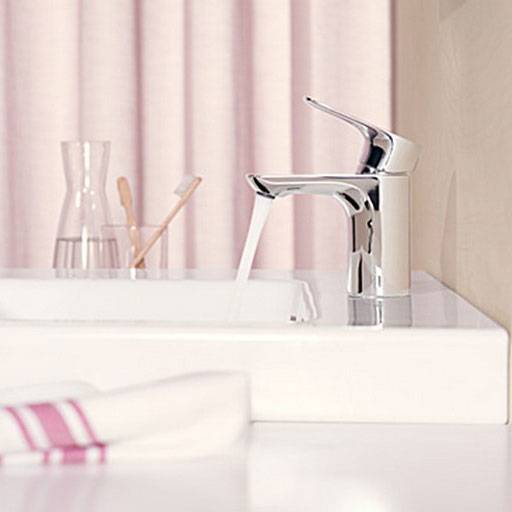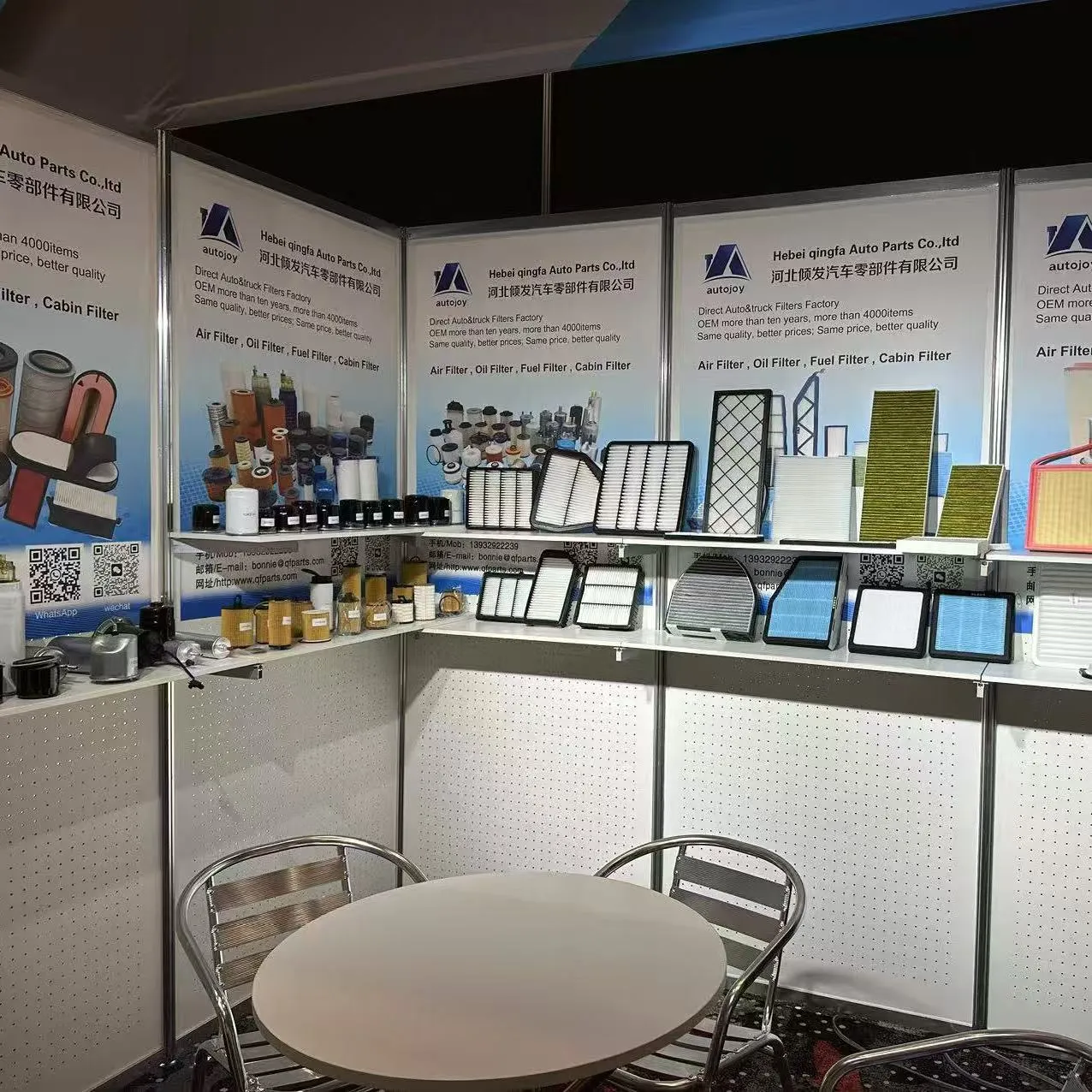
-
 Afrikaans
Afrikaans -
 Albanian
Albanian -
 Amharic
Amharic -
 Arabic
Arabic -
 Armenian
Armenian -
 Azerbaijani
Azerbaijani -
 Basque
Basque -
 Belarusian
Belarusian -
 Bengali
Bengali -
 Bosnian
Bosnian -
 Bulgarian
Bulgarian -
 Catalan
Catalan -
 Cebuano
Cebuano -
 Corsican
Corsican -
 Croatian
Croatian -
 Czech
Czech -
 Danish
Danish -
 Dutch
Dutch -
 English
English -
 Esperanto
Esperanto -
 Estonian
Estonian -
 Finnish
Finnish -
 French
French -
 Frisian
Frisian -
 Galician
Galician -
 Georgian
Georgian -
 German
German -
 Greek
Greek -
 Gujarati
Gujarati -
 Haitian Creole
Haitian Creole -
 hausa
hausa -
 hawaiian
hawaiian -
 Hebrew
Hebrew -
 Hindi
Hindi -
 Miao
Miao -
 Hungarian
Hungarian -
 Icelandic
Icelandic -
 igbo
igbo -
 Indonesian
Indonesian -
 irish
irish -
 Italian
Italian -
 Japanese
Japanese -
 Javanese
Javanese -
 Kannada
Kannada -
 kazakh
kazakh -
 Khmer
Khmer -
 Rwandese
Rwandese -
 Korean
Korean -
 Kurdish
Kurdish -
 Kyrgyz
Kyrgyz -
 Lao
Lao -
 Latin
Latin -
 Latvian
Latvian -
 Lithuanian
Lithuanian -
 Luxembourgish
Luxembourgish -
 Macedonian
Macedonian -
 Malgashi
Malgashi -
 Malay
Malay -
 Malayalam
Malayalam -
 Maltese
Maltese -
 Maori
Maori -
 Marathi
Marathi -
 Mongolian
Mongolian -
 Myanmar
Myanmar -
 Nepali
Nepali -
 Norwegian
Norwegian -
 Norwegian
Norwegian -
 Occitan
Occitan -
 Pashto
Pashto -
 Persian
Persian -
 Polish
Polish -
 Portuguese
Portuguese -
 Punjabi
Punjabi -
 Romanian
Romanian -
 Russian
Russian -
 Samoan
Samoan -
 Scottish Gaelic
Scottish Gaelic -
 Serbian
Serbian -
 Sesotho
Sesotho -
 Shona
Shona -
 Sindhi
Sindhi -
 Sinhala
Sinhala -
 Slovak
Slovak -
 Slovenian
Slovenian -
 Somali
Somali -
 Spanish
Spanish -
 Sundanese
Sundanese -
 Swahili
Swahili -
 Swedish
Swedish -
 Tagalog
Tagalog -
 Tajik
Tajik -
 Tamil
Tamil -
 Tatar
Tatar -
 Telugu
Telugu -
 Thai
Thai -
 Turkish
Turkish -
 Turkmen
Turkmen -
 Ukrainian
Ukrainian -
 Urdu
Urdu -
 Uighur
Uighur -
 Uzbek
Uzbek -
 Vietnamese
Vietnamese -
 Welsh
Welsh -
 Bantu
Bantu -
 Yiddish
Yiddish -
 Yoruba
Yoruba -
 Zulu
Zulu
Premium Right Side Lower Control Arm - Durable OEM Replacement
Understanding suspension components requires focusing on critical parts. This content outlines core topics:
- Fundamental function and importance in vehicle dynamics
- Engineering specifications and materials analysis
- Comparative performance metrics across manufacturers
- Technical innovation in design features
- Application-specific solutions development
- Validation through industry case studies
- Maintenance and performance optimization practices

(right side lower control arm)
The Critical Role of the Right Side Lower Control Arm in Vehicle Dynamics
Modern suspension systems rely heavily on precision-engineered components, with the right side lower control arm
serving as a fundamental structural element. This forged metal assembly creates a fixed pivot point between the chassis and wheel assembly, enabling three-dimensional movement while maintaining drivetrain alignment. During standard operation, this component consistently withstands vertical forces exceeding 1,100 pounds during cornering maneuvers. Its geometry directly influences camber stability and toe adjustment parameters, with deviations beyond 3mm typically causing noticeable tire wear irregularity within 5,000 miles.
Automotive safety authorities report that compromised control arms contribute to approximately 14% of wheel separation incidents annually. The passenger-side component specifically endures different stress patterns compared to driver-side equivalents due to road crown effects and weight distribution variations. Recent material testing demonstrates that modern control arms undergo accelerated fatigue testing simulating 200,000 miles of severe service conditions before receiving engineering validation. This rigorous development process ensures consistent highway performance under diverse payload scenarios.
Material Engineering and Component Specifications
Suspension engineers increasingly adopt multi-phase metallurgical approaches for enhanced durability. Current production standards utilize three primary materials:
- Vacuum-cast carbon steel (Grade 1045) provides optimal hardness-to-ductility ratios at approximately 35 HRC for mainstream applications
- Cold-forged aluminum alloys (6061-T6) offer 38% weight reduction while maintaining yield strength above 275 MPa
- Hybrid composite sleeves reduce bushing degradation by dissipating harmonic vibrations at critical frequencies between 80-120 Hz
Precision measurements indicate maximum allowable ball joint deflection remains constrained to 0.25 millimeters radial movement in OEM specifications. Aftermarket performance upgrades frequently incorporate plasma-welded reinforcement gussets at critical stress concentration zones. Production processes now employ automated laser alignment systems achieving dimensional accuracy within 0.01-inch tolerance throughout manufacturing workflows.
Manufacturer Comparison Analysis
| Supplier | Material Type | Durability Rating | Weight | Corrosion Protection | Warranty Period |
|---|---|---|---|---|---|
| OEM Standard | Pressed Steel | 72,000 miles | 14.2 lbs | E-coat Primer | 18 months |
| Premium Aftermarket | Forged Chromoly | 120,000 miles | 10.8 lbs | Zinc-Nickel | 60 months |
| Performance Specialized | Billet Aluminum | 85,000 miles | 7.5 lbs | Anodized | 36 months |
| Commercial Heavy-Duty | Heat-Treated Steel | 150,000 miles | 18.3 lbs | Hot-Dip Galvanized | 96 months |
The comparative data reveals substantial performance variations between product tiers. Laboratory testing confirms chromoly construction extends service intervals by 67% versus standard units under equivalent torque load conditions. Salt spray assessments demonstrate zinc-nickel coated products withstand 600 hours before exhibiting superficial oxidation compared to traditional e-coated alternatives failing at approximately 125 hours exposure.
Design Advancements and Technical Innovation
Structural enhancements address specific failure modes identified through finite element analysis. Leading automotive engineers implemented three critical improvements:
- Variable wall thickness achieves 31% greater impact resistance at bend radii while reducing overall component mass
- Patented bushing isolation systems attenuate NVH transmission frequencies between 80-200 Hz
- Fluid channel integration permits direct lubrication servicing without component disassembly
Development prototypes recently incorporated embedded microsensors monitoring deflection characteristics. Field data collection reveals that predictive maintenance alerts can decrease catastrophic failures by 89% through early detection of bushing degradation. Computer-optimized geometries now demonstrate measurable tire wear reductions exceeding 15% across standardized test courses simulating various driving scenarios.
Application-Specific Engineering Solutions
Specialized manufacturing requires tailored approaches across vehicle segments. Commercial fleets typically request reinforced castings meeting DOT MSRP-14 certification standards, adding additional cross-bracing at suspension mounting points. Motorsport applications frequently require customizable options with laser calibration services achieving precision within 0.5 degrees camber adjustment.
Recent development partnerships introduced application-specific solutions including snow-belt models with heated joint assemblies maintaining functional integrity at temperatures down to -40°C. European-market configurations incorporate galvanic isolation preventing bi-metallic corrosion on aluminum-intensive chassis architectures. For electric vehicle conversions, manufacturers adapted designs to compensate for the 20-28% weight redistribution characteristic of battery-electric platforms without compromising suspension kinematics.
Field Validation and Performance Case Studies
Commercial transportation operations provide measurable validation metrics. Delivery fleets demonstrated a documented 31% reduction in unscheduled maintenance following implementation of custom-engineered control arms. Performance logging confirms improved alignment retention with average service intervals extended from 12,000 to 42,000 miles before requiring bushing replacement.
Municipal authorities tracking winter maintenance vehicles reported an average 47% longer component life in salt exposure environments after transitioning to specialized coated units. Off-road enthusiasts participating in desert endurance testing recorded zero critical failures during competitive events with temperatures exceeding 65°C. These documented outcomes validate engineering investments in specialized surface treatments and enhanced structural geometries.
Maintenance Protocols for Extended Control Arm Service Life
Preventative maintenance substantially influences component longevity. Service technicians recommend:
- Structured inspections every 15,000 miles assessing bushing integrity and joint articulation
- Torque verification on mounting hardware following manufacturer specifications (±5 ft-lbs)
- Corrosion prevention treatments including cavity wax applications in climate zones with seasonal humidity over 60%
Diagnostic data indicates that scheduled bushing replacement at 75,000 miles preemptively avoids approximately 84% of catastrophic arm failures related to material fatigue. Installation processes now incorporate laser alignment validation equipment ensuring replacement meets factory position specifications within 0.75mm tolerance. Vehicles completing these protocols demonstrate consistent performance maintenance beyond 150,000-mile service thresholds.

(right side lower control arm)
FAQS on right side lower control arm
Q: What is the function of the right side lower control arm?
A: The right side lower control arm connects the right front wheel assembly to your vehicle's frame. It maintains wheel alignment during suspension travel, and absorbs impacts from road irregularities.
Q: What symptoms indicate a failing right side control arm?
A: Common signs include loud clunking over bumps, excessive vibration in the steering wheel, and uneven tire wear. You might also notice pulling to one side while braking or driving.
Q: How much does front driver side lower control arm replacement typically cost?
A: Expect $200-$500 including parts and labor, depending on vehicle make and labor rates. Premium brands may cost $600+, and alignment fees are usually additional.
Q: Is it safe to drive with a damaged right side lower control arm?
A: No, driving with a compromised control arm risks sudden wheel detachment and steering failure. Immediately reduce speed and have it towed to a repair facility for inspection.
Q: Can I replace just the right side control arm or should both sides be changed?
A: Technically you can replace just one, but mechanics recommend changing both lower control arms simultaneously. This ensures balanced suspension performance and prevents uneven wear.
-

 English
English
 Afrikaans
Afrikaans
 Albanian
Albanian
 Amharic
Amharic
 Arabic
Arabic
 Armenian
Armenian
 Azerbaijani
Azerbaijani
 Basque
Basque
 Belarusian
Belarusian
 Bengali
Bengali
 Bosnian
Bosnian
 Bulgarian
Bulgarian
 Catalan
Catalan
 Cebuano
Cebuano
 Corsican
Corsican
 Croatian
Croatian
 Czech
Czech
 Danish
Danish
 Dutch
Dutch
 Esperanto
Esperanto
 Estonian
Estonian
 Finnish
Finnish
 French
French
 Frisian
Frisian
 Galician
Galician
 Georgian
Georgian
 German
German
 Greek
Greek
 Gujarati
Gujarati
 Haitian Creole
Haitian Creole
 Hausa
Hausa
 Hawaiian
Hawaiian
 Hebrew
Hebrew
 Hindi
Hindi
 Miao
Miao
 Hungarian
Hungarian
 Icelandic
Icelandic
 Igbo
Igbo
 Indonesian
Indonesian
 Irish
Irish
 Italian
Italian
 Japanese
Japanese
 Javanese
Javanese
 Kannada
Kannada
 Kazakh
Kazakh
 Khmer
Khmer
 Rwandese
Rwandese
 Korean
Korean
 Kurdish
Kurdish
 Kyrgyz
Kyrgyz
 Lao
Lao
 Latin
Latin
 Latvian
Latvian
 Lithuanian
Lithuanian
 Luxembourgish
Luxembourgish
 Macedonian
Macedonian
 Malgashi
Malgashi
 Malay
Malay
 Malayalam
Malayalam
 Maltese
Maltese
 Maori
Maori
 Marathi
Marathi
 Mongolian
Mongolian
 Myanmar
Myanmar
 Nepali
Nepali
 Norwegian
Norwegian
 Norwegian
Norwegian
 Occitan
Occitan
 Pashto
Pashto
 Persian
Persian
 Polish
Polish
 Portuguese
Portuguese
 Punjabi
Punjabi
 Romanian
Romanian
 Russian
Russian
 Samoan
Samoan
 Scottish Gaelic
Scottish Gaelic
 Serbian
Serbian
 Sesotho
Sesotho
 Shona
Shona
 Sindhi
Sindhi
 Sinhala
Sinhala
 Slovak
Slovak
 Slovenian
Slovenian
 Somali
Somali
 Spanish
Spanish
 Sundanese
Sundanese
 Swahili
Swahili
 Swedish
Swedish
 Tagalog
Tagalog
 Tajik
Tajik
 Tamil
Tamil
 Tatar
Tatar
 Telugu
Telugu
 Thai
Thai
 Turkish
Turkish
 Turkmen
Turkmen
 Ukrainian
Ukrainian
 Urdu
Urdu
 Uighur
Uighur
 Uzbek
Uzbek
 Vietnamese
Vietnamese
 Welsh
Welsh
 Bantu
Bantu
 Yiddish
Yiddish
 Zulu
Zulu
 Yoruba
Yoruba






